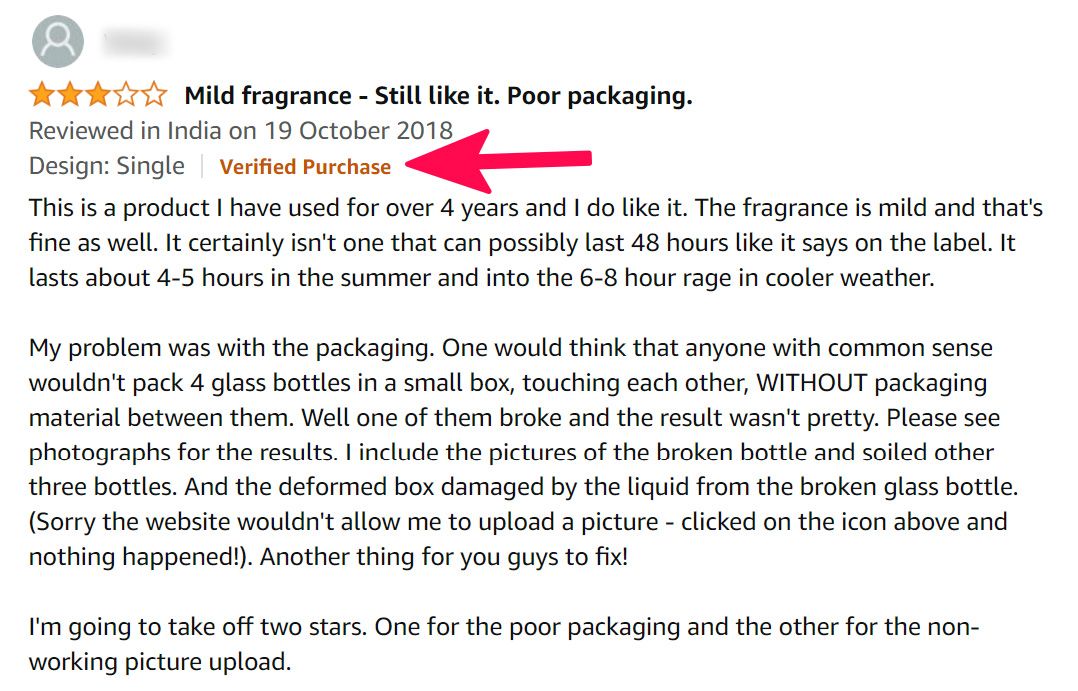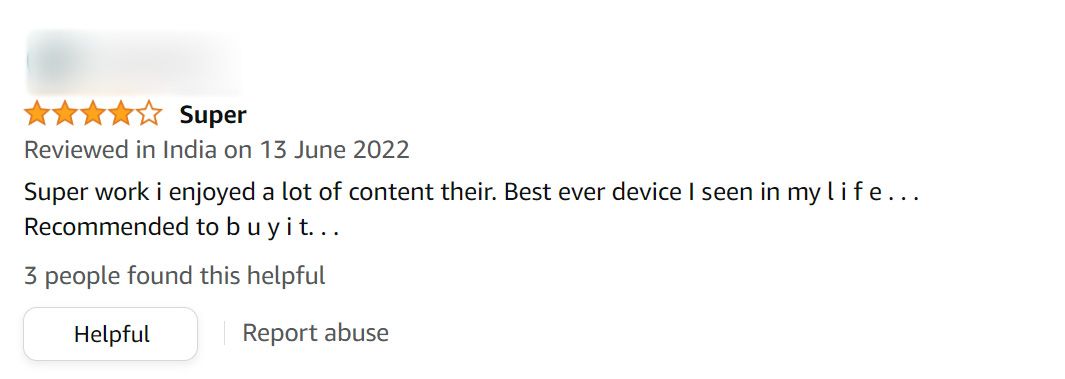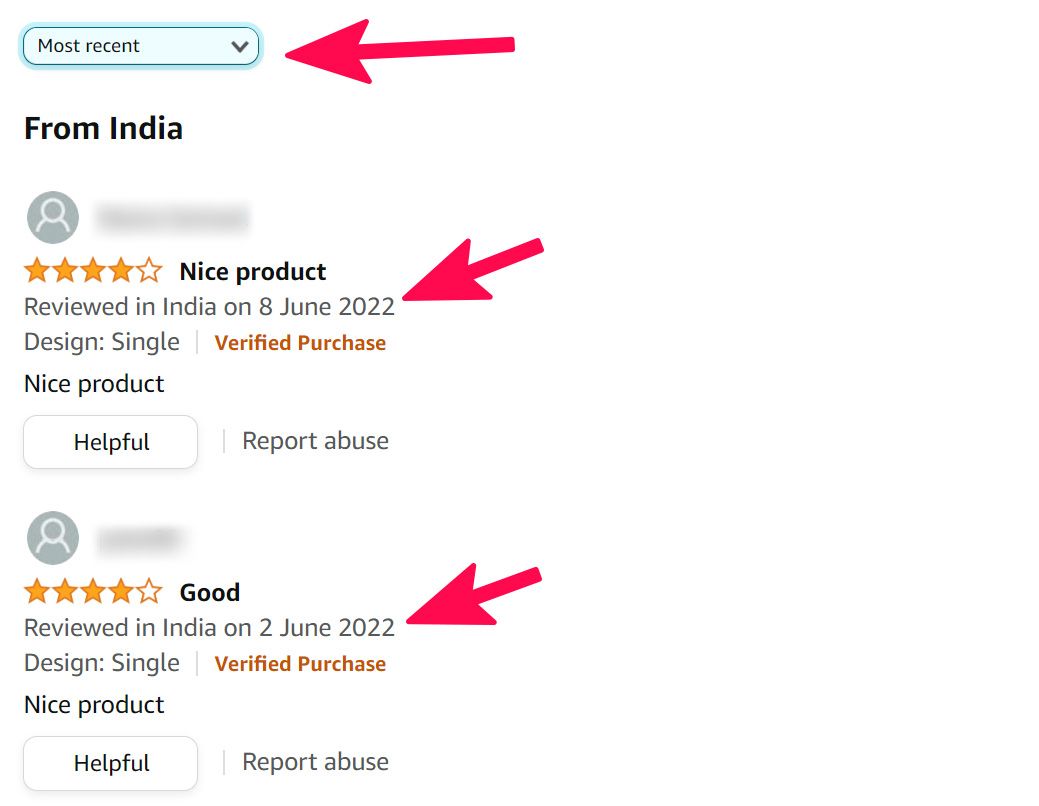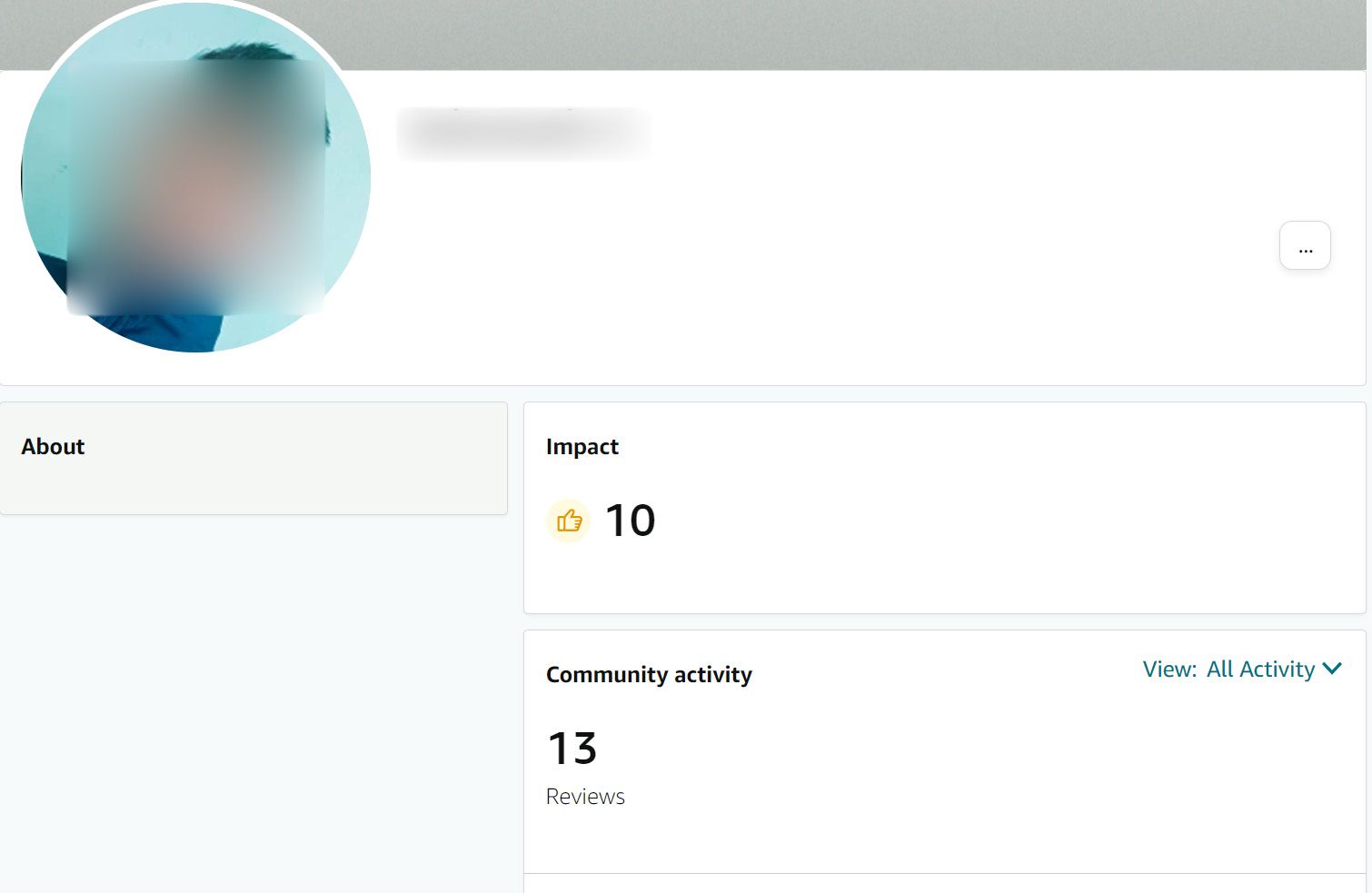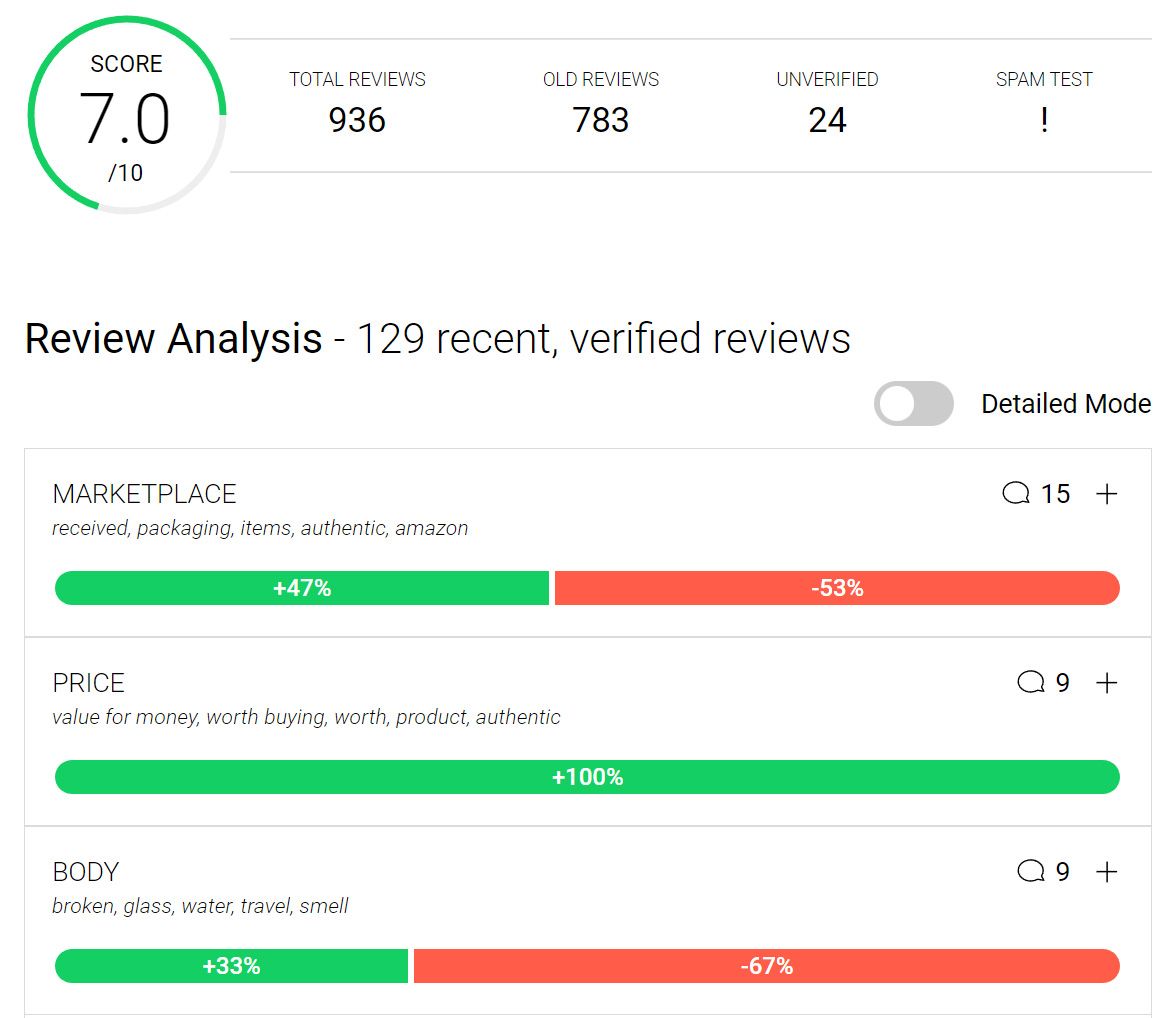Most people rely on user reviews to skim through the thousands and thousands of products in Amazon search results. Those reviews play a vital role in purchase decisions, especially when dealing with an unfamiliar seller or unknown product. But what if all those five star reviews aren’t real, or legitimate reviews are being squelched by an unethical competitor?
Some Amazon sellers buy fake reviews to artificially boost their product rankings, or to tank competitors, and lure consumers into buying their products over rival offerings. Identifying fake reviews on Amazon isn't rocket science. You just need to know what to look for.
Why do Amazon sellers buy fake reviews?
Online shopping isn’t like going to Walmart or Best Buy; you can’t examine the merchandise and look put similar items side-by-side. That loss of personal interaction is what reviews and product ratings are supposed to address.
When an unknown brand is launching a new product in a well-established market, its success relies on word of mouth. Positive reviews get attention from Amazon algorithms. Instead of banking on gradual growth, Amazon sellers sometimes buy lots of reviews to give themselves to give their products an edge over rivals. Some sellers even go a step further and buy fake one-star reviews for competitor products.
Amazon’s search algorithm isn’t advanced enough to identify fake reviews and prefers to place products with positive reviews higher in search results. The brand ultimately gets better visibility and business from consumers after loading up on fake reviews.
How do fake reviews work on Amazon?
There is a huge market for selling fake product reviews. You can check the websites like Reviewsub or Amazon review services to learn about their offerings.
Amazon has been trying to combat the fake review problem for years. In 2016, Amazon pretended to be a seller and hired fake reviewers from Fiverr (an online platform for freelancers) and found them using different accounts and IP addresses to avoid getting caught. The company has sued several websites offering such services and even fake reviewers providing false reviews for as low as $5. It also banned some popular brands like Aukey in 2021 over fake reviews.
Some websites have moved to Facebook groups or other platforms to make private agreements with manufacturers for fake reviews. In some cases, sellers directly contact buyers to ask them to write a positive review in exchange for discounts or free products. In short, fake reviews still exist on Amazon despite the retailer's efforts, and it’s important to spot them before hitting the buy button.
Check the ‘Verified Purchase’ tag
Although it’s not a silver bullet to spot a fake review, you should still look for the ‘Verified Purchase’ tag on the product page before reading any review. If a comment doesn’t have the tag, skip it, and read another review. That said, if you see a lot of reviews, verified or otherwise, that were posted within a few weeks, you might want to read with a little skepticism; this can be a telltale sign that the company either offered an incentive for Verified Purchase reviews or used a brush scam to bulk up its ratings.
Check review headlines
Another way to spot fake Amazon reviews is to scrutinize the headlines. Most fake reviewers won’t go into detail and use generic words like “good”, “awesome”, “must-have”, “bad”, “avoid”, “amazing”, etc., in the headline. And you'll see probably these words repeated or used in the same ways in a number of reviews. Genuine reviewers tend to put extra effort into their review headlines and may point out positives and negatives in a single sentence.
Read Amazon reviews with a little skepticism
Fake reviews will start with an overwhelmingly positive or negative headline but won’t go into details. They will keep the paragraphs short as the seller isn’t paying them to write long reviews. A genuine reviewer will share more information like shipping experience, packaging details, and the pros and cons of the product. If there is an issue with the physical appearance of the product, the person might attach photos or videos with the comment.
You can also look for broken English in the comments. Paid reviewers might not be fluent in English and end up writing reviews with incorrect grammar, phrases, and spelling mistakes. These scams are more common in overseas markets where people will accept these gigs for low rates, but they will still post reviews on the Amazon US site.
Look for similar words and phrases
If the product page for something like an unknown TV soundbar has online reviews with specific marketing phrases like ‘cinematic experience’, it’s a red flag. Chances are, the seller has instructed buyers to leave a comment with a ‘cinematic’ word. Most sellers create a template of words and phrases and share the list with reviewers to use in a comment on the Amazon product page. If you notice such a pattern in the reviews section, they are probably fake comments.
Check timestamps
Review timestamp is another neat trick to identify fake reviews from genuine ones. Sellers usually buy fake reviews in bulk, and such service providers leave comments in quick succession. If a product has only occasional reviews, and then a glut of positive ones come in all at once, you should be skeptical. You can use the most recent filter in Amazon’s review section and check for highly positive or negative reviews posted over a short period.
Compare product popularity with reviews
Do you notice an unknown headphone product has thousands of rave reviews while comparable products are much lower? Those are probably fake comments to boost the product listing on Amazon. You can quickly check the product reviews, and they will mostly match the patterns mentioned above.
Look for rival product references in reviews
If most reviews are asking you to check another company’s product, that’s suspicious. These are are often paid reviewers or bots that attempt to divert traffic to a competitor’s product.
Check the reviewer’s profile
You can check any reviewer’s profile to see their comment history. It’s helpful when a specific positive or negative review impacts your purchase decision. You can click on the reviewer’s name, check the profile picture, and review history with the date.
If the person is constantly writing 5-10 product reviews in a week with either a 5-star or 1-star ratings and using generic words, he/she is probably a fake reviewer. If you're certain the reviewer is posting fake reviews, you use the report abuse feature.
Use third-party websites to detect fake reviews
Skimming through hundreds of reviews on Amazon can be tedious. You can skip the manual process and use tools like Fakespot, ReviewMeta, or The Review Index to get a deep analysis of all the review s and provide an adjusted rating. Copy the product URL from Amazon and paste it into the search bar on these websites.
These sites can show total reviews, unverified ones, potential spam comments, and an overall score for the product. These websites also offer browser extensions to quickly verify reviews without leaving the current tab. Fakespot and ReviewMeta are available on iOS and Android and have an extension for Google Chrome, Microsoft Edge, Firefox, and Safari.
Make a wise purchase decision
The next time you sit down to create a shopping list for Amazon Prime Day, keep the tips above in mind and avoid products or digital content with fake reviews. Try looking for 3-star or 4-star reviews as they clearly show useful features and product shortcomings, and, above all, check the seller's refund policy before making a purchase from an unknown company.


